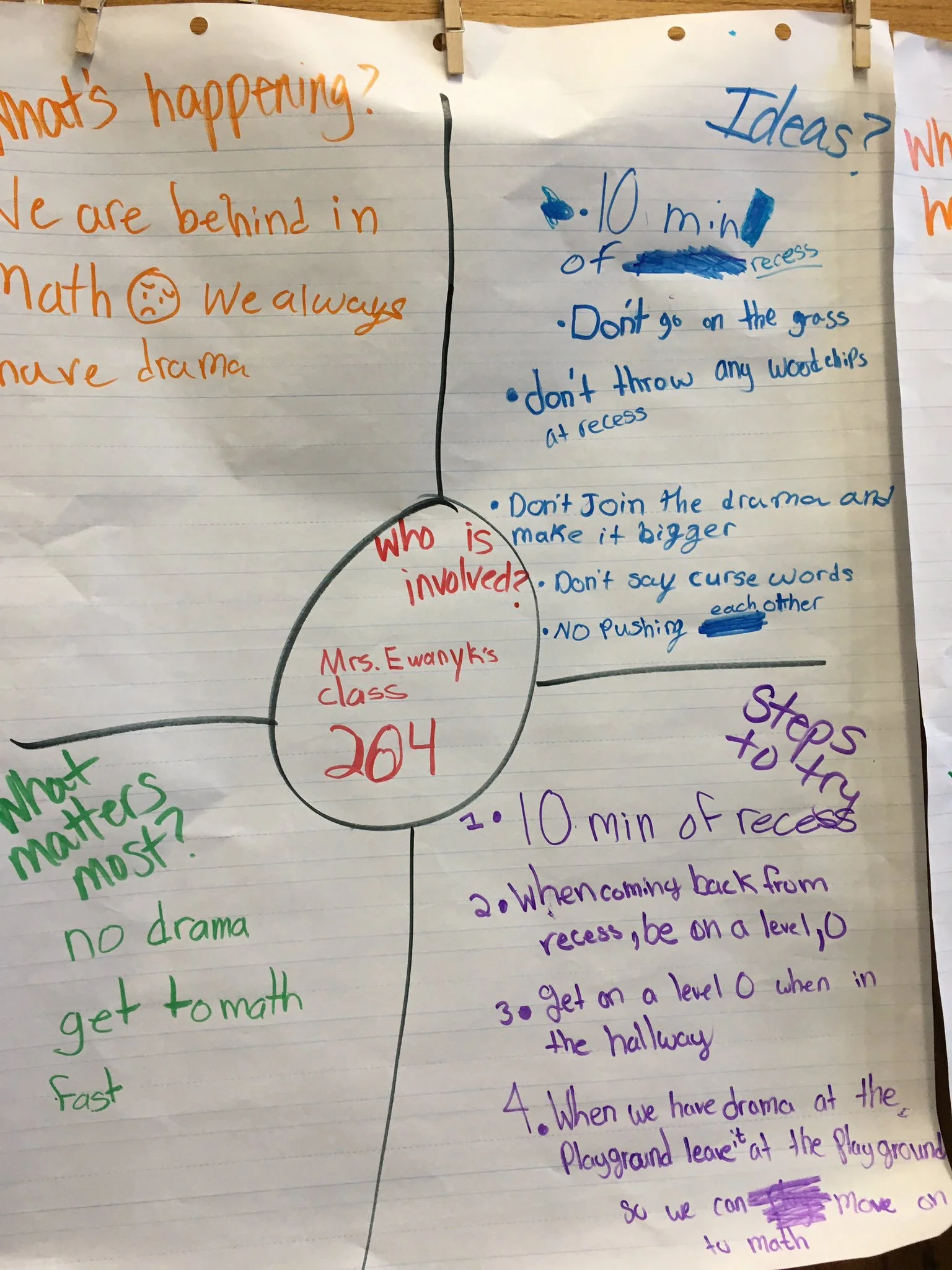(Compassing changing roles at work and home)
By Ginger Rowher
Ginger Rowher Compass-navigated a newly created education+business leadership role in a statewide STEM network. Along the way, she improved programs with educational staff, coached an executive…and saved Christmas with her family. In her words…
Human-centered design is a process designed to foster innovation and creativity, and the Innovators' Compass is my tool-of-choice when applying this approach to challenges in my professional and personal life. I was introduced to design thinking in 2018 at a workshop at Grand Valley State University. I had just started working for a statewide STEM network after 21 years of teaching mathematics, and I didn't realize at the time how valuable human-centered design would be in this newly-created role.
The STEM network had been recently formed and consisted of sixteen regions across the state. No one had done the job before, and one of the focus areas was integrating education and business - something that I didn't have experience with. While some skills from my former role of teaching undergraduate mathematics translated to this new position, much of the work was new to me. The iterative cycles of the design thinking process became an invaluable process for navigating my way through figuring out effective ways to do the work.
A few months later, GVSU invited Ela to lead a series of presentations on the Innovators’ Compass and how it supports creative problem solving. I invited my son, Isaac, who was a freshman in his first semester at GVSU. He graciously agreed to attend, and during the session, we were asked to identify a situation where we felt stuck. Isaac and I chatted for a few minutes, and because it was the end of November, the topic of how our family celebrates Advent came up. Our family had developed traditions for celebrating Advent that began when our kids were toddlers, and now all of them were adults. I had been holding on to the traditions despite multiple protests, and we were stuck. We brought the challenge to the rest of the family and used the Innovators' Compass to find a new way forward. Now our family spends time preparing our favorite meals together, with my kids taking the lead.
The Innovators' Compass has been a tool for way-finding in multiple contexts over the last six years. The staff I work with at the Regional Math and Science Center at GVSU has used the Compass for improving multiple projects, including this STEM summer program, and I have used the Compass to facilitate an improvement cycle for the Michigan Girls Future Flight Challenge, hosted by the Women of Aerospace Industry Association of Michigan (WAIAM).
A few years ago, the Executive Director of a statewide organization that our Network works with asked me if I would be willing to meet with her in a consulting role. She had noticed a particular organizational tool that I had been using in our interactions and wanted me to teach her how to use it. I suggested that we use the Innovators' Compass instead, with the challenge being, "How might I get more organized and efficient at work?" While my organizational system worked well for me, I wasn't sure that it would be the best solution for her, and I knew that the Innovators' Compass would reveal possible solutions that centered her priorities
This story was originally published in the Winter 2024 Innovators’ Compass Newsletter.










